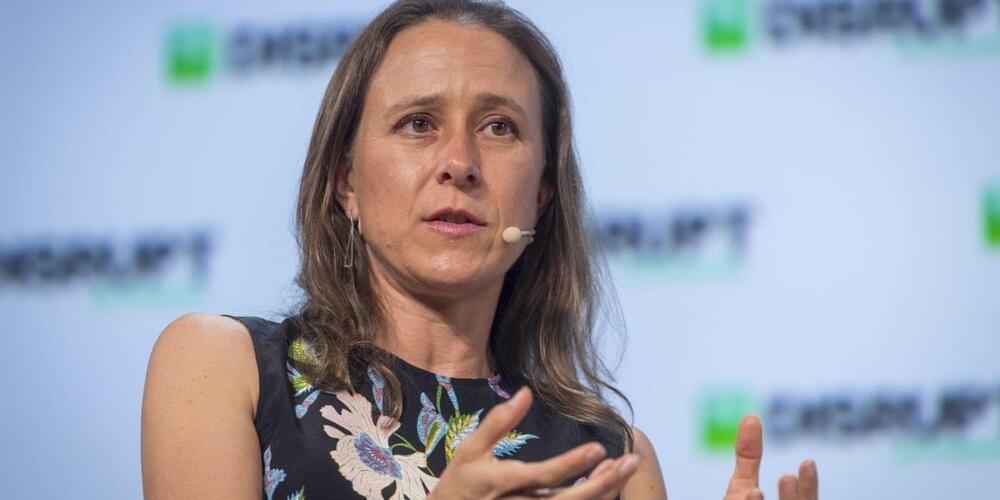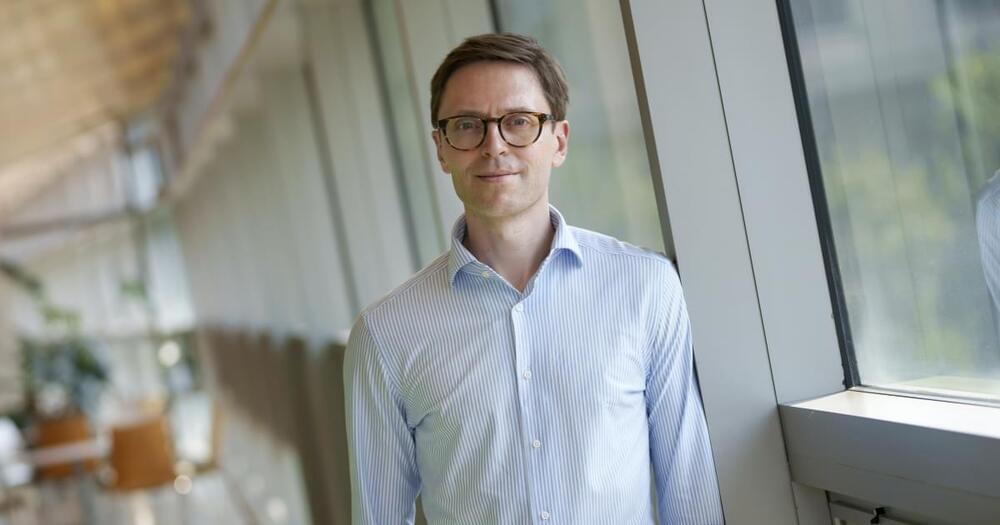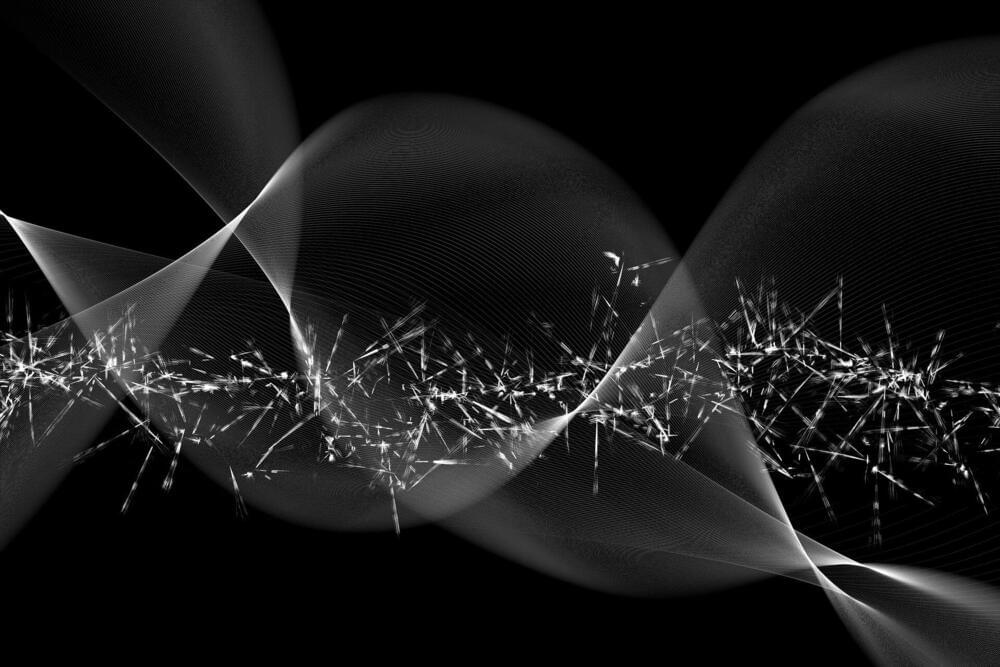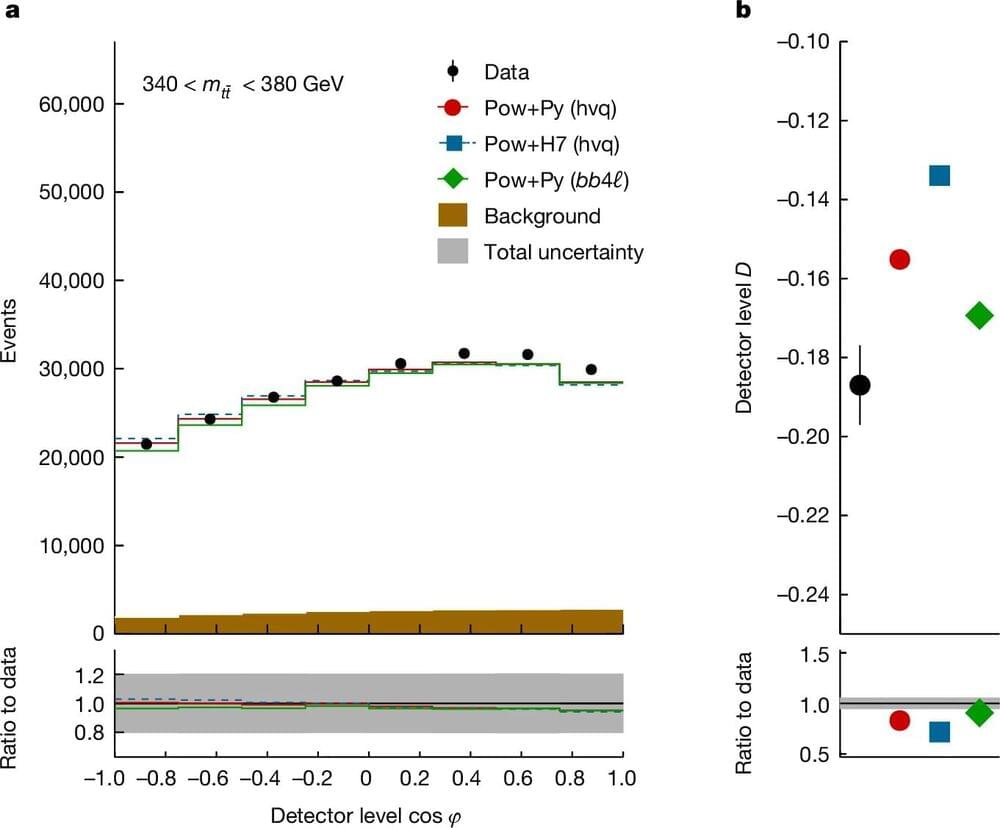Sep 20, 2024
Every single member of the board just resigned from DNA tester 23andMe
Posted by Genevieve Klien in category: biotech/medical
Following a monthslong battle over CEO Anne Wojcicki’s plans to https://www.sec.gov/Archives/edgar/data/1804591/000134100424000072/sc13da1.htm” rel=“noopener”>take 23andMe private, all seven independent members of its board https://investors.23andme.com/news-releases/news-release-det...oard?_gl=1*1eip6nf*_ga*MTI2OTU3NjA4NC4xNzI2NjYwNzU5*_ga_G330GF3ZFF*MTcyNjY2MDc1OS4xLjEuMTcyNjY2MDgyNy4wLjAuMA…" rel="noopener">resigned en masse Tuesday.
The move is almost certainly the final nail in the coffin for the embattled company known for its mail-order DNA-testing kit. Since https://www.bloomberg.com/news/articles/2021-02-04/2…on-merger” rel=“noopener”>going public via merger with a special purpose acquisition company (SPAC) in 2021, 23andMe has never turned a profit. Its price on IPO day was $10; so far in 2024, it has yet to reach a $1 valuation. Following the resignation of all its independent directors Tuesday, the stock fell to its rock bottom: $0.30. (As of midday Wednesday, it’s back to $0.36.)
The board includes Sequoia Capital’s https://fortune.com/2024/07/25/seqouia-capital-roelof-botha-…e-nvidia/”>Roelof Botha as well as https://fortune.com/2023/02/28/why-youtube-betting-neal-moha…time-ceo/”>Neal Mohan, who took the helm as CEO of https://fortune.com/company/youtube/”>YouTube last year after Susan Wojcicki, Anne’s late sister, https://blog.youtube/inside-youtube/a-personal-update-from-susan/” rel=“noopener”>stepped down.


















